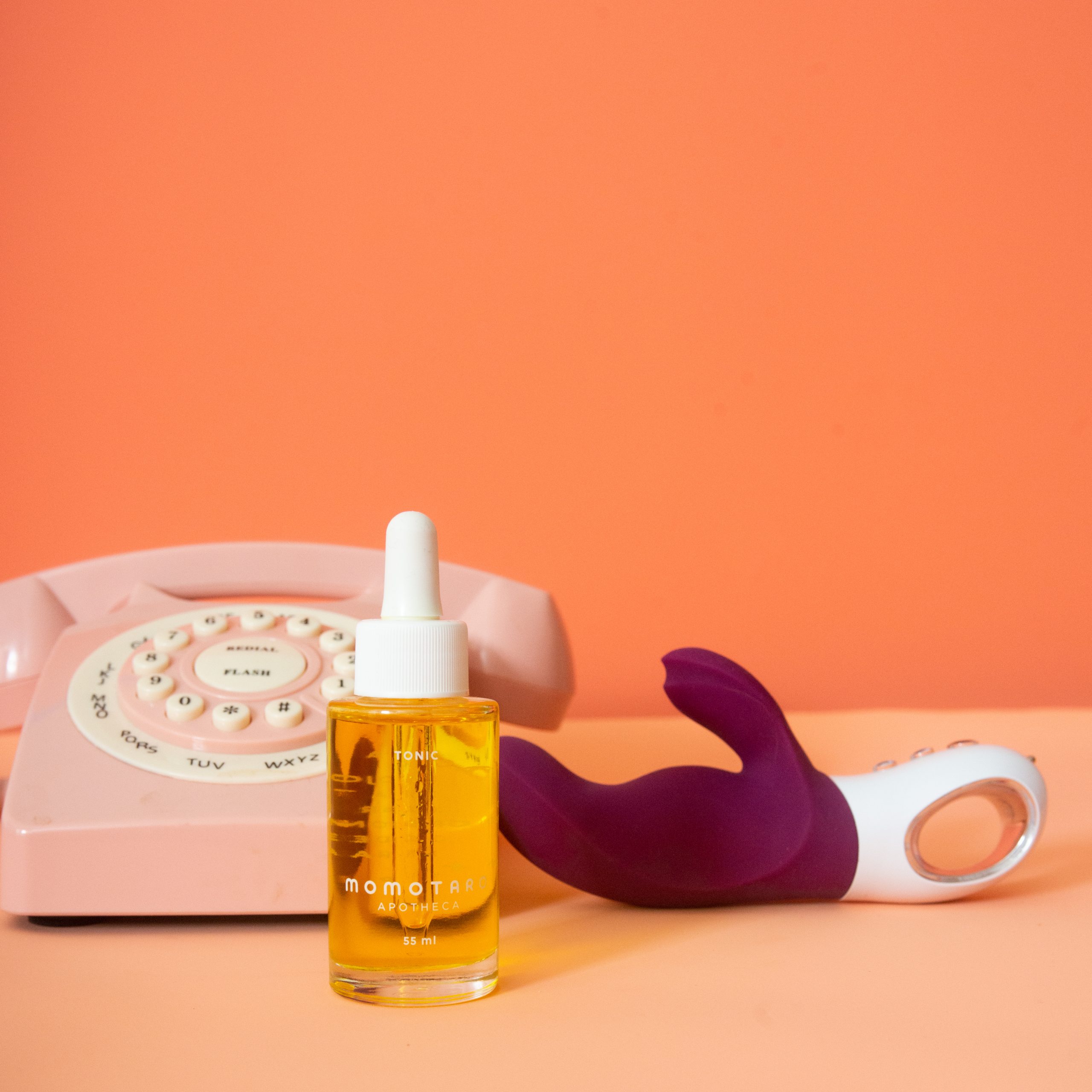Little Leaf Agency's Managing Director Kathryn Byberg discusses the challenges of advertising that still exist to sexual wellness brands with the European Adult News

Is the increased frequency with which we have encountered advertisements for sex toys in the mainstream media in recent years an indication that sex toys have reached the center of society?
The demographic of our society has shifted. Baby boomers are exiting the workforce leaving the way open for the more sexually confident Millennials and Gen Z. They are now the biggest sector in the workforce and are moving into decision-making positions.
Sex toys have moved mainstream and are more accepted by these more sexually confident generations so it’s no surprise that we are starting to see advertisements for sex toys in mainstream broadcast, print, and Out Of Home (OOH) advertisements. We can see this not only in mainstream advertising but with the rise of influencers and celebrity endorsements too. Sexual wellness is a serious and lucrative business and the shift in demographics of our society suggests sex toys are here to stay.
But there are still challenges for the sex toy world particularly when it comes to social media, which let’s face it, is the center of mainstream society. Adult content can’t be promoted on many social channels. Shadowbanning is real. We regularly have our content removed or our accounts shut down and we can’t link back to our websites from many of the main social channels.
So while yes, sex toys are moving ever closer to the centre of society, we’re still not quite there yet and the level of acceptance still varies from market to market, just as attitudes towards sex vary.
It has been 10 years since the first commercial for sex toys was shown on German TV in 2012. There was talk of “walking a tightrope” while others shrugged it off and said 'sex sells'. Who is right?
For most of the past century, advertising has been dominated by white males, who have often sexualized women in their ad campaigns with the justification that “sex sells”. 10 years ago it was still common in the advertising world to see suggestive images of women in mainstream advertising across all industries – jewellery, cars, alcohol but it was near impossible to advertise a sex toy.
Thankfully society has moved on from its “Mad Men” days and that old adage of ‘sex sells’ is no longer accepted, but even today it can still be difficult to advertise a sex toy, especially if your products are for female sexual wellness.
It was only three years ago that Dame had to resort to suing the NYC Subway after they rejected their ads but were happy to run ads aimed at promoting male sexual wellness. While at the same time, in Germany, billboards have been proudly displaying sex toys for years.
When it comes to sex toy advertising in the mainstream, the rules we have to play by are different in each country.
In Germany there is a more open attitude towards sex and nudity. There are even dedicated nudist areas at lakes, parks and swimming pools. This more relaxed attitude is reflected in advertising. Giant billboards proudly feature sex toys, TV commercials clearly show products.
But in the UK, there are a lot more restrictions. The tightrope is narrower, which in my opinion has led to more creative advertising. If you look at Lovehoney’s TV ads, while they are sexually suggestive (the British do love a good innuendo) you actually never see any sex toys.
So yes sex does sell, but it really depends on where in the world you are and how creative you can be.
Social acceptance of sex toys is also nothing like it was ten years ago, yet sex toy advertising is rare in mainstream media, even if it is more common than in the past. Is this a cost issue? Are TV stations, publishers media buyers still critical of sex toys? Or has our market simply discovered other opportunities for itself - like the Internet, for example?
It’s a combination of all three.
Firstly it is expensive, which automatically prices many brands out. Actually buying the ad space is expensive and then there are production costs on top of that to develop content. It’s not cheap.
Secondly, there are so many hurdles to go through. I can’t tell you how many times I’ve booked an ad space, only to have it rejected once we send artwork. Depending on what country you’re in there are different restrictions. For many toy brands, it’s a lot of work and a lot of hurdles to get through and with small teams and limited resources, time and energy might be better spent in areas that can bring immediate and easily measurable results.
Thirdly, as you say, the digital world is multifaceted and presents many opportunities. From investing in strong SEO tactics, offering competitive rates via affiliate networks or working with influencers, there are many ways that brands can reach their target audience and deliver a measurable return. For brands with smaller budgets, this is a safer option.
What do you think are the biggest mistakes when it comes to advertising sex toys in mainstream media?
Our industry has only been allowed to play in the advertising game for the past decade but one thing we’ve seen over and over is that it’s a balancing act to get the messaging right.
Many brands have a limited budget and sometimes they skip out steps, particularly when it comes to market research, which is vital to ensuring your messaging resonates with your audience. They pour money into booking ad space and creating the content, but they don’t test it out with a focus group and realise too late that their messaging is not working.
Those brands that focus on the fun elements of sex, like Lovehoney, are nailing it, but the brands that have had a more serious approach, and try to focus on the intimate and tender side of sex often fail. This is mainly because it makes the viewer feel uncomfortable; sometimes those private intimate moments are better left behind closed doors. But sex is fun, and we all like to have a good laugh, so tapping into that sentiment tends to work.
A lot of sex toy advertising takes place online. The opportunities to target advertising and marketing campaigns on the Internet are as numerous as they are multifaceted. Why is it still worthwhile to advertise in mainstream media?
In marketing, we talk about the funnel and when it comes to online advertising, you can skip out the top of the funnel, and target people who are further down the funnel. These consumer are more likely to have already heard of sex toys, are potentially already familiar with your brand, and are more likely to convert to a sale.
To increase brand awareness and reach new audiences we use top-of-the-funnel activities like OOH advertising and PR. While it can be harder to measure, it can really elevate a brand. Lovehoney executed this perfectly in their recent Love How You Love campaign. They did a lot of research and created an advertising campaign that they ran on TV, radio, and online that resonated with the mainstream public and got people talking.
As our industry continues to grow and becomes more accepted, and investors inject much needed cash, we will continue to carve out our position in the mainstream. Top funnel activities are where you get the widest reach and get your brand in front of new audiences. There’s a reason why all the big mainstream brands in the world do it and now, the sex toy industry is getting the opportunity to enter this space too.
What is striking - at least in Germany - is that it is mainly e-commerce companies that advertise on TV, for example, but not sex toy brands themselves. How can this be explained?
Honestly, it’s all about budget and splitting the cost. If an individual toy brand takes out an ad, then they have to fund it entirely by themselves, but if a retailer takes out an ad, they can work with multiple brands within the ad and split the costs.
E-commerce companies can also measure the impact of a TV ad relatively easily. Purchasing a sex toy on an e-commerce site is something people tend to do from the comfort of their own homes. If they are watching TV and they see an advertisement, the chances are they will have their phone in their hand and immediately visit the retailer's site. If the TV advertisement is working, then the e-commerce site will notice a spike in traffic in real-time.





